Maximilian Gradl (Managing Director) together with his partners – Stefan Heck, Alexander Recknagel, Vanessa Zinoni and the entire Herzog team are looking forward to your visit!
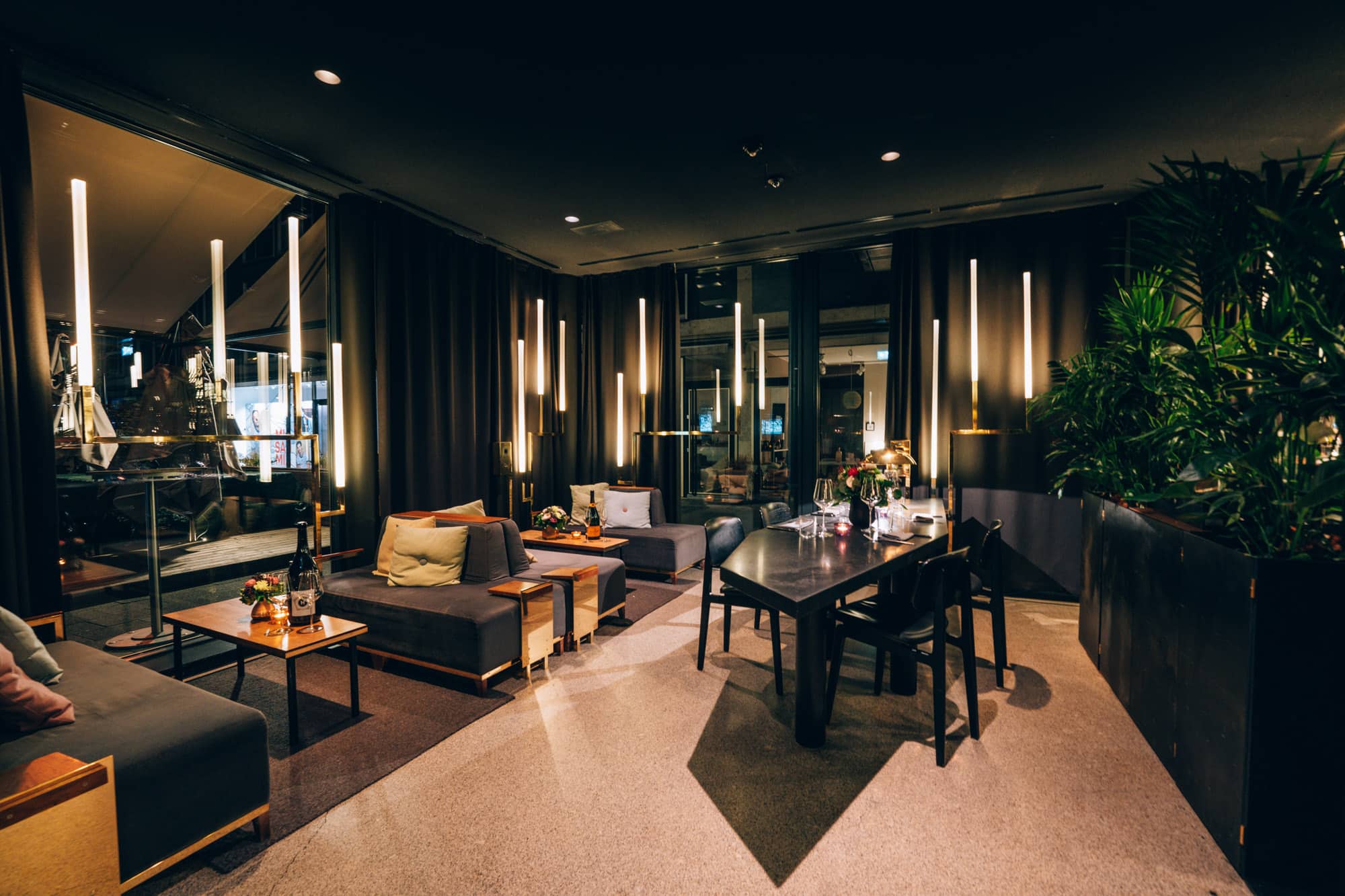
The design of Herzog Bar & Restaurant Munich, by Özgür Keles (Selective Studio), speaks volumes. The finest materials such as the bright, hand-cast and sanded terrazzo floor, the handmade lounge sofas or the clearly recurring element brass. Nevertheless, historical features were also used, such as the handmade tiles in the sanitary area, the numerous columns and of course the centerpiece: the bar counter, which was cast from black concrete. We see our dream of a timelessly modern bar more than fulfilled and look forward to many enjoyable moments in a very appealing ambience.
Timeless, beautiful & present. By internalizing these points, the Herzog has won the German Design Award three times since opening.
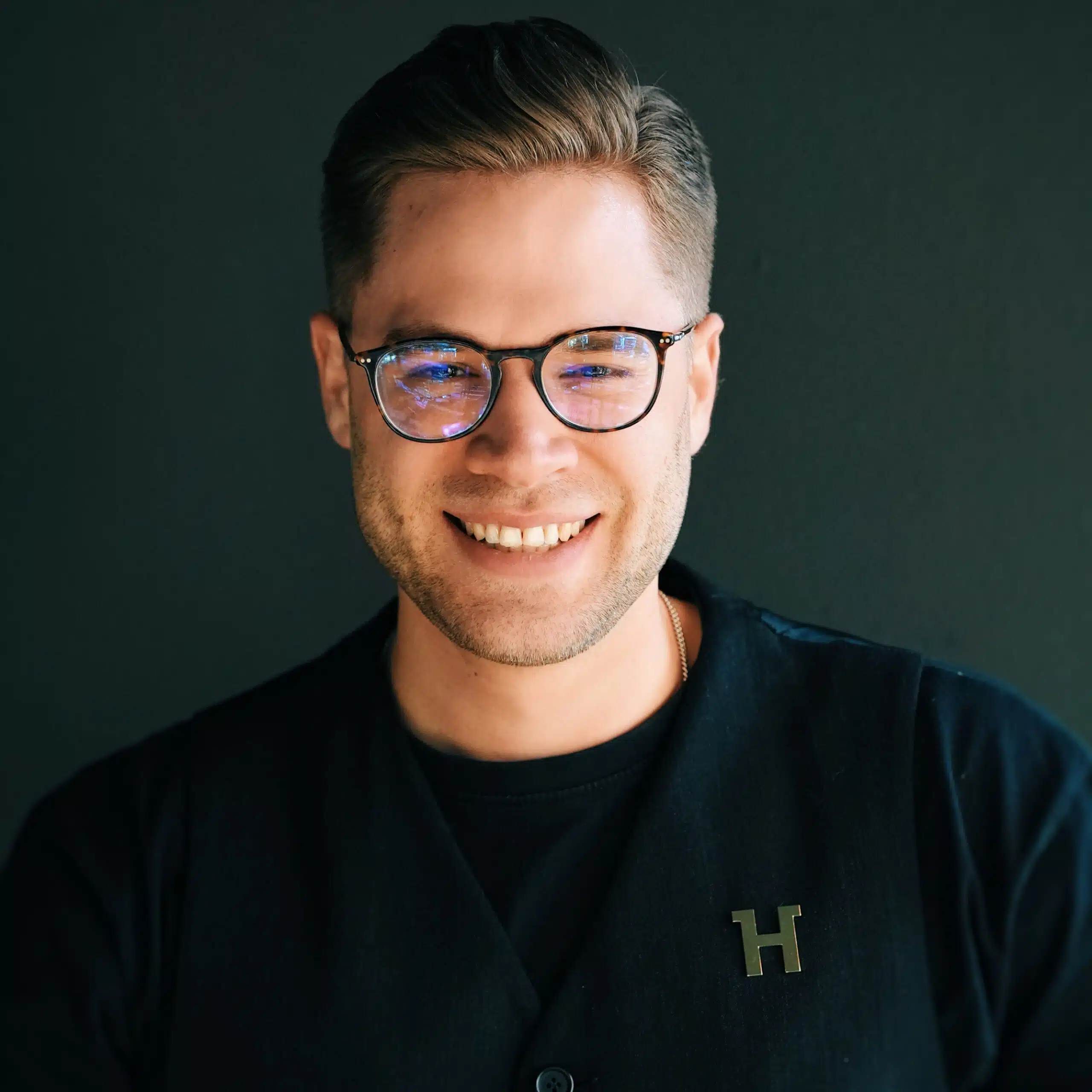
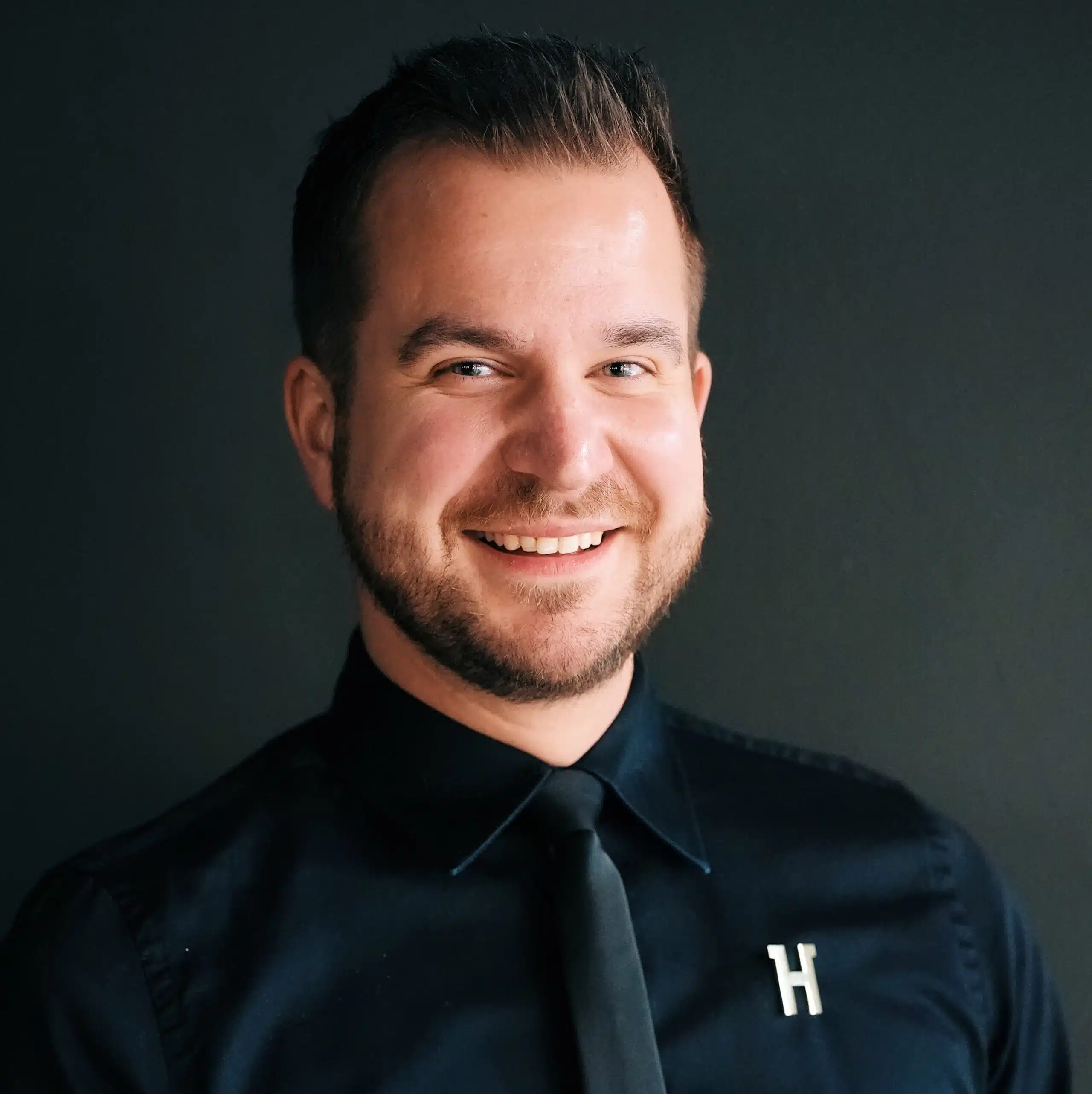
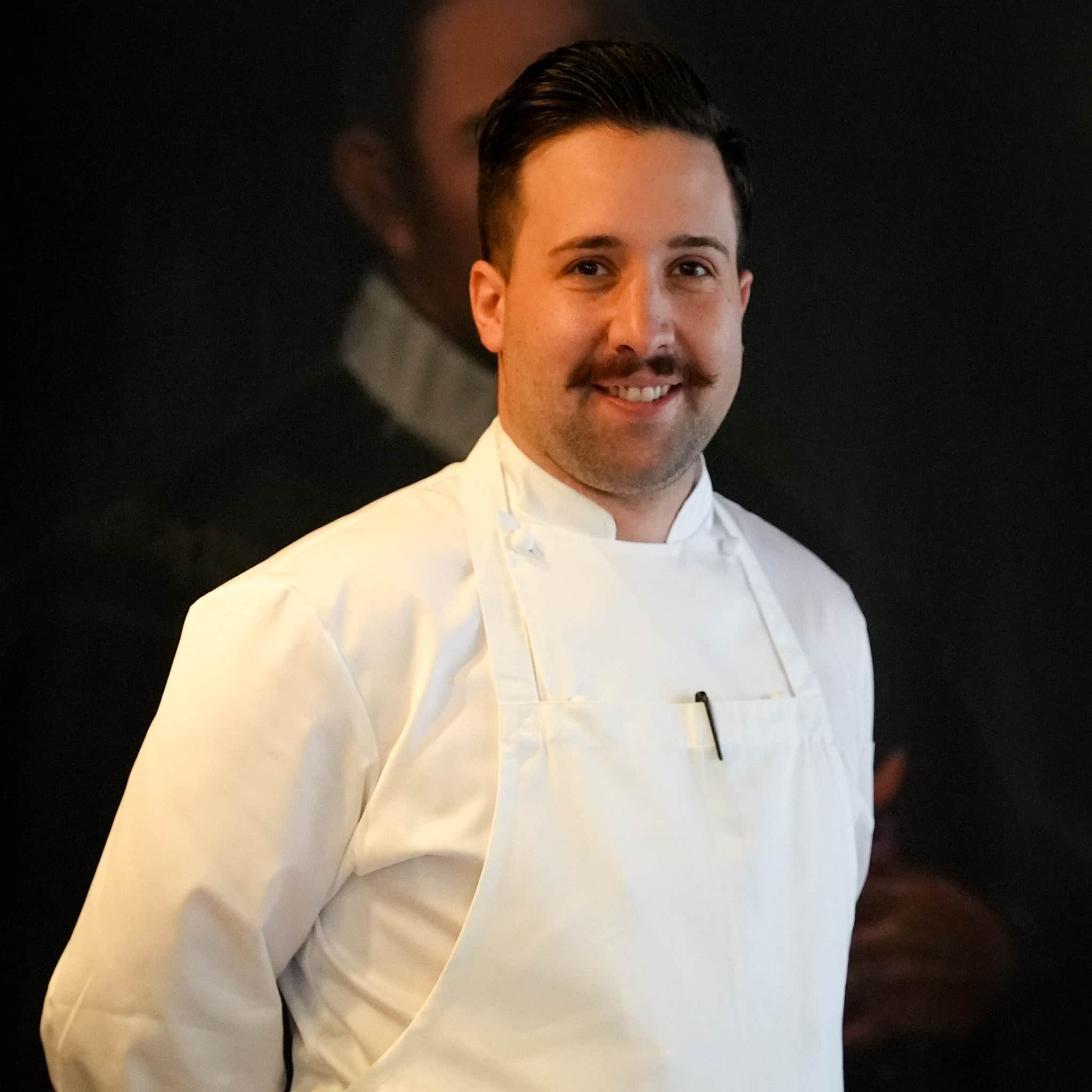


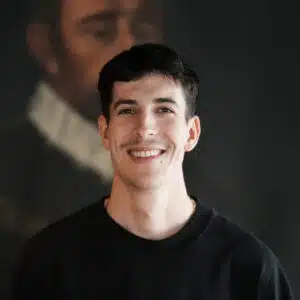
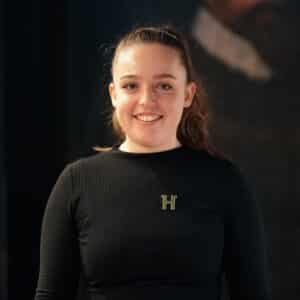
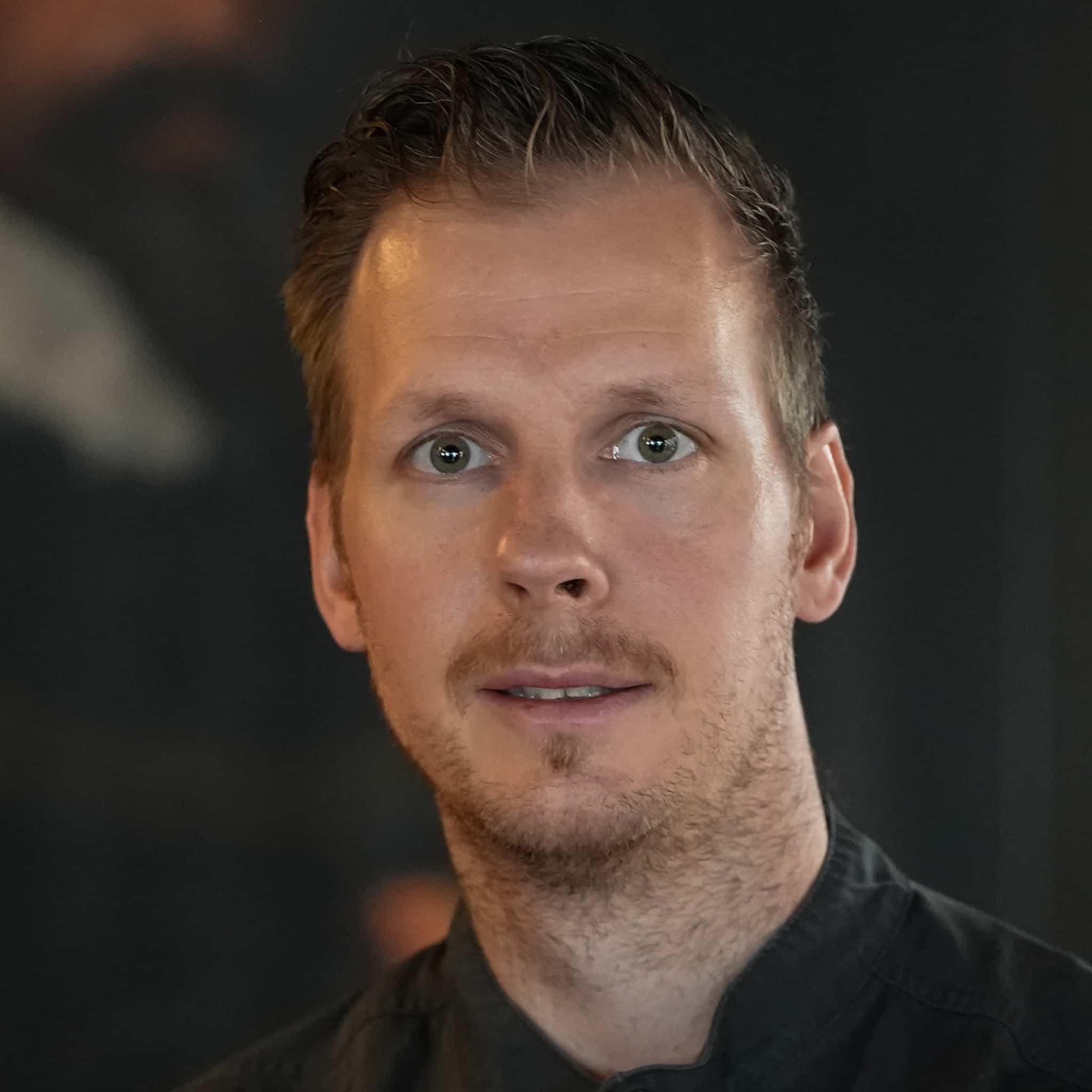
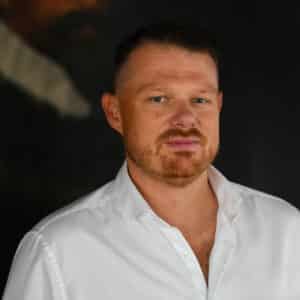
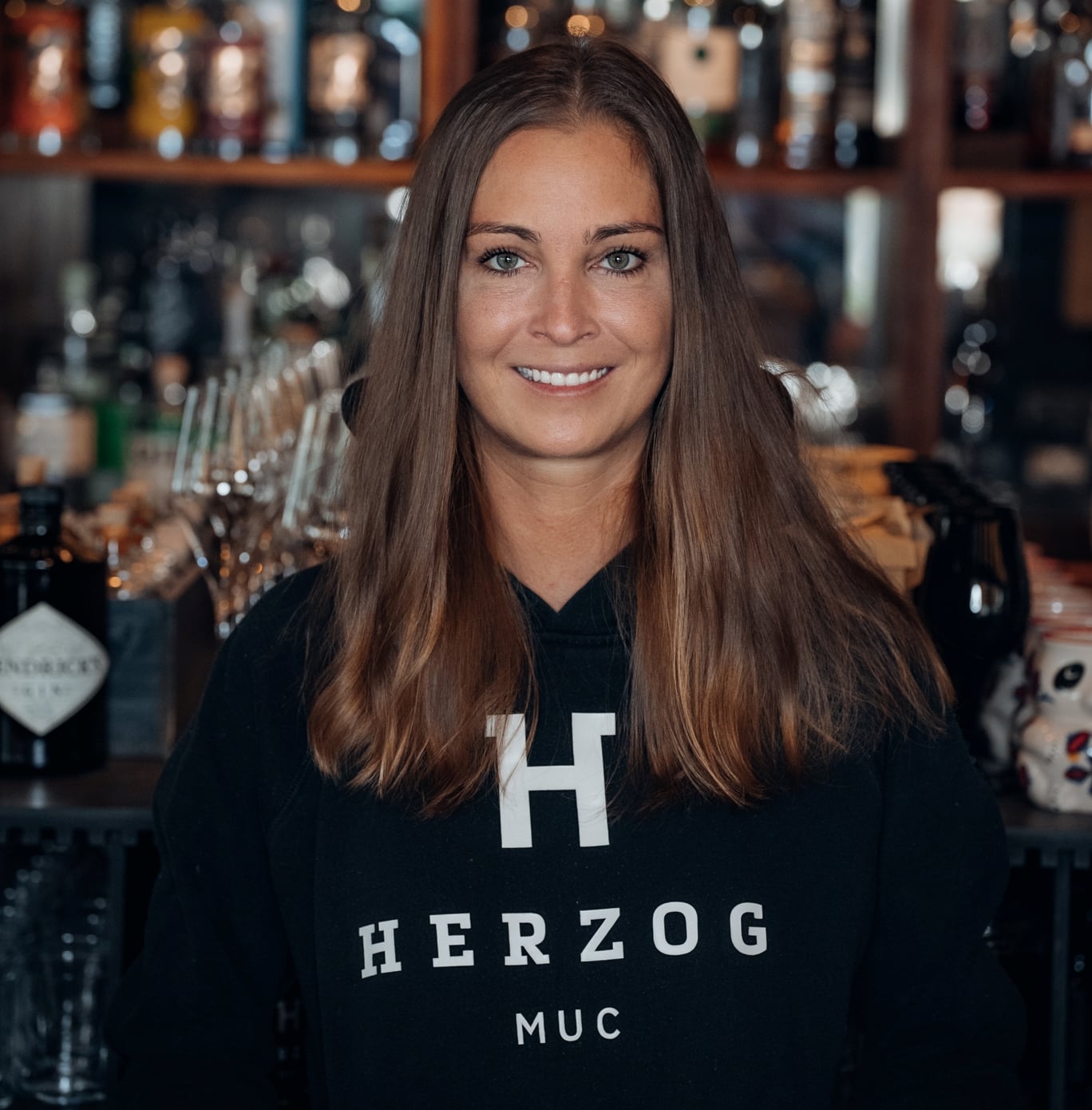
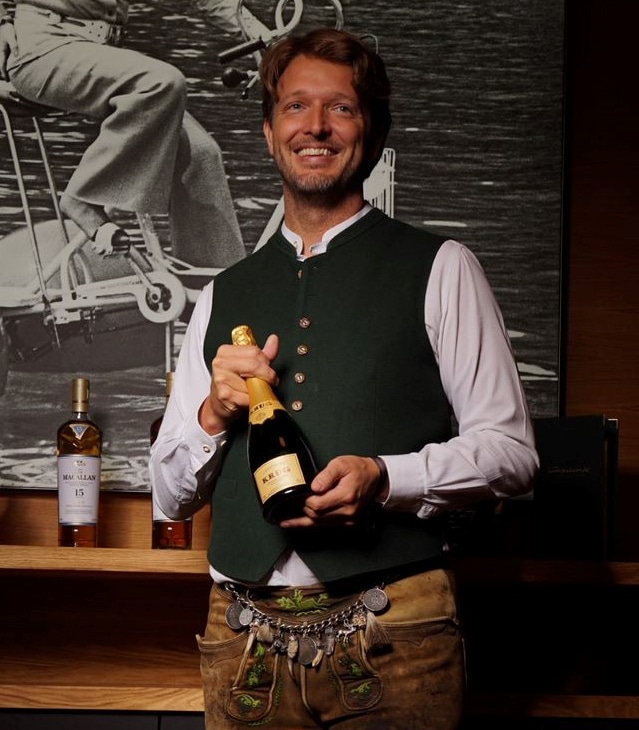
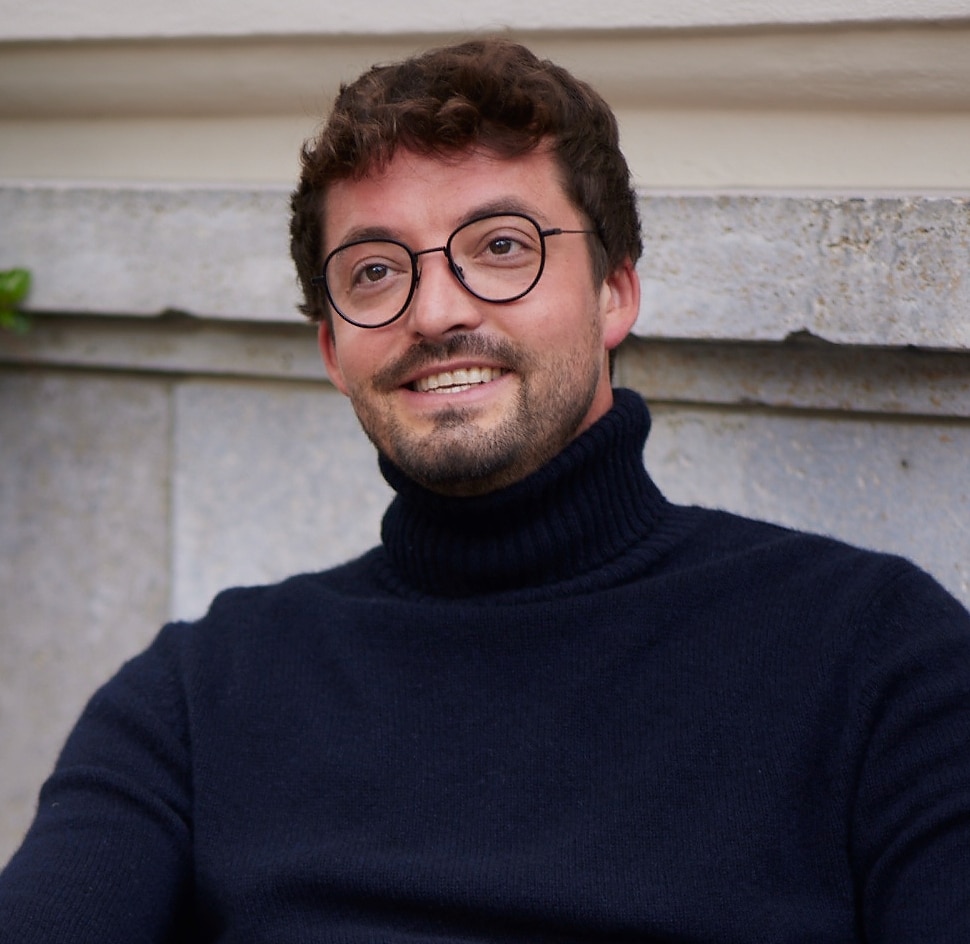
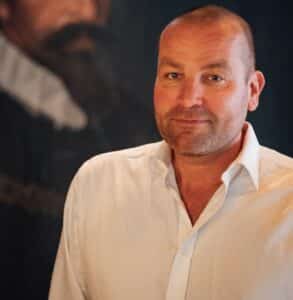


Sebastian Tewes | Beam Suntory
Sven Neumann | Campari
Lukas Stojetz & Tobias Reich | Bar Brain
Heiko Esdar | Hofbrau
Erwin Rottmair | Object leasing
Igor Meiler | LVMH
Franz Stettner | Franz Anton
Christian Auer | RedBull
The Herzog claim is to serve the guest only high-quality and delicious ingredients. Of course, we do not forget our environment and pay attention to sustainable and environmentally friendly production. That’s why our bread comes from regional & sustainable grain cultivation from the local bakery Brotzeit. Meat & fish, with the exception of international specialties, is sourced throughout Bavaria and the latter is of course MSC certified. Our fresh fruit & vegetables are sourced from the Munich company Fruitique, who made their name on the Viktualienmarkt. Textile goods and merchandise are manufactured by the Munich company Shirtplus.
Die ehemalige Herzog-Max-Burg entstand im Auftrag von Bayernherzog Wilhelm V. Etwa gleichzeitig mit der Michaelskirche und dem Neubau des Klosters der Jesuiten an der heutigen Neuhauserstraße, scheint der Herzog auch seine neue Palastanlage in Angriff genommen zu haben. Im Wesentlichen haben sich die Bauarbeiten auf die Jahre zwischen 1593 und 1596 konzentriert. Durch einen Übergang, den sog. Wilhelmsbogen, hatte der Herzog jederzeit Zugang zu der Klosteranlage der Jesuiten und dem, über der Kreuzkapelle der Michaelskirche gelegenen, herrschaftlichen Oratorium. Von der Maxburg aus führte das Herzogenstadttor in der zweiten Stadtmauer zu dem Kapuzinerkloster, das als einziges Kloster Münchens außerhalb der Stadtmauern lag. Wie auch schon beim Bau der Michaelskirche, lässt sich kein verantwortlicher Baumeister oder Architekt nachweisen. Sicher trugen Friedrich Sustris und der Augsburger Kistler Wendel Dietrich, deren Instruktionen der Bauleiter Wolf Miller auszuführen hatte, zeitweise besondere Verantwortung unter der Schar der Handwerker und Künstler. Letztlich bestimmte Herzog Wilhelm V. die bauliche Konzeption und das künstlerische Programm. Für den Bau mussten 54 Bürgerhäuser weichen.
Nach seinem Erbauer wurde die Residenz zunächst Wilhelminische Veste genannt. Den Namen Herzog-Max-Burg erhielt der Bau erst im 17. Jahrhundert, als Maximilian Philipp ihn als Residenz nutzte. Während die (kur-)fürstliche Linie in der Münchner Residenz residierte, wurde die Herzog-Max-Burg bis ins 19. Jahrhundert meist von den nicht-herrschenden Mitgliedern der Wittelsbacher bewohnt. Als letzte wohnte Königin Karoline als Witwe hier bis zu ihrem Tod 1841. Danach wurde die Maxburg bis zu ihrer Zerstörung im Zweiten Weltkrieg von Zivilbehörden und Militär genutzt.
Die heutige Neue Maxburg wurde 1954 bis 1957 an Stelle der im Zweiten Weltkrieg zerstörten Herzog-Max-Burg von den Architekten Sep Ruf und Theo Pabst errichtet. Einzig der Renaissanceturm blieb vom historischen Vorgängerbau übrig und steht freigestellt daneben. Der Bau beherbergt eine Reihe von Geschäften im Erdgeschoss sowie Teile des Amtsgerichts und des Landgerichts München I in den Büroetagen. Die Architekten bemühten sich, die Farbgebung und Rasterung des übrig gebliebenen Renaissanceturms zur Grundlage der Gestaltung des Neubaus zu machen. Die Bauweise bleibt jedoch insofern transparent, als die Stahlbetonstruktur nicht kaschiert wurde, sondern offen sichtbar bleibt. Im Innenhof befindet sich der Moses-Brunnen von Josef Henselmann aus dem Jahr 1955.
Vor der Herzog-Max-Burg steht der vollständig verglaste BMW-Ausstellungspavillon, der 1986 von Christian Bartenbach modernisiert wurde. Seit 2015 reiht sich nun das Bar Restaurant Herzog in die Historie der Maxburg, am Lenbachplatz, ein.
The former Herzog-Max-Burg was commissioned by Duke Wilhelm V of Bavaria. At about the same time as the Michaelskirche and the new construction of the Jesuit monastery on today’s Neuhauserstraße, the duke seems to have tackled his new palace complex. Essentially, the construction work concentrated on the years between 1593 and 1596. Through a passage, the so-called Wilhelm’s Arch, the Duke had access to the Jesuit monastery complex and the stately oratory above the Cross Chapel of St. Michael’s Church at all times. From the Maxburg, the ducal city gate in the second city wall led to the Capuchin monastery, which was the only monastery in Munich outside the city walls. As with the construction of the Michaelskirche, no responsible builder or architect can be proven. Certainly Friedrich Sustris and the Augsburg carpenter Wendel Dietrich, whose instructions the construction manager Wolf Miller had to carry out, at times bore special responsibility among the crowd of craftsmen and artists. Ultimately, Duke Wilhelm V determined the structural concept and the artistic program. 54 town houses had to give way for the construction.
The residence was initially called Wilhelminische Veste after its builder. The building was only given the name Herzog-Max-Burg in the 17th century, when Maximilian Philipp used it as a residence. While the (electoral) princely line resided in the Munich Residence, the Duke Max Castle was mostly inhabited by the non-ruling members of the Wittelsbach family until the 19th century. Queen Caroline was the last to live here as a widow until her death in 1841. After that, the Maxburg was used by civil authorities and the military until it was destroyed in World War II.
Today’s Neue Maxburg was built between 1954 and 1957 on the site of the Herzog-Max-Burg, which was destroyed in World War II, by the architects Sep Ruf and Theo Pabst. Only the renaissance tower remained from the previous historical building and stands free next to it. The building houses a number of shops on the ground floor as well as parts of the district court and the district court of Munich I on the office floors. The architects tried to make the coloring and grid of the remaining Renaissance tower the basis for the design of the new building. However, the construction remains transparent insofar as the reinforced concrete structure was not concealed but remains openly visible. The Moses Fountain by Josef Henselmann from 1955 is located in the inner courtyard.
The fully glazed BMW exhibition pavilion, which was modernized by Christian Bartenbach in 1986, is located in front of the Herzog-Max-Burg. Since 2015, the Bar Restaurant Herzog has been part of the history of the Maxburg, on Lenbachplatz.